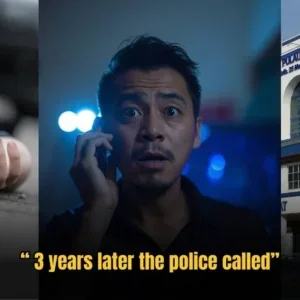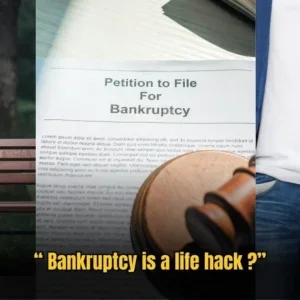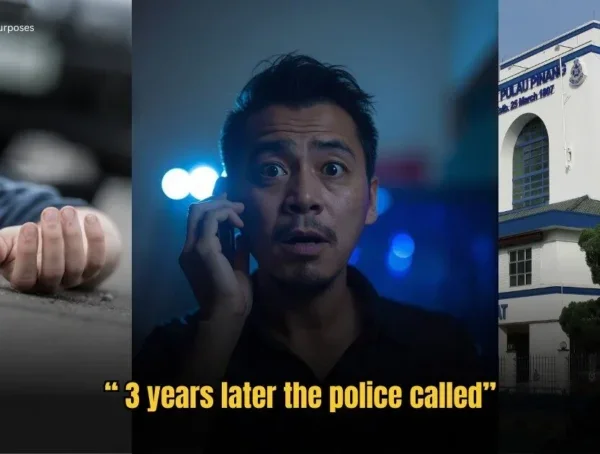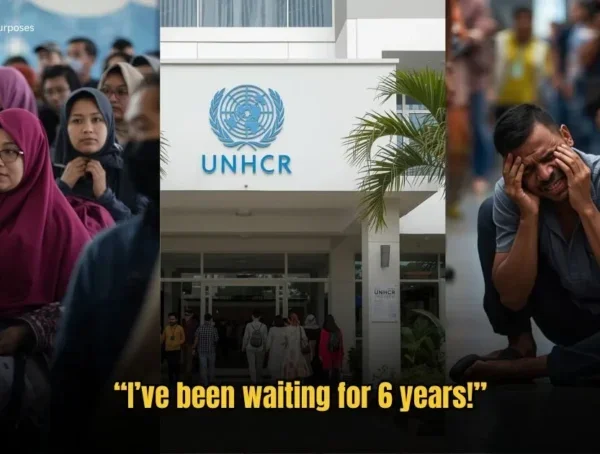There’s been a lot of talk of legalising marijuana in the media lately. With the possibility of medical marijuana being legalised in Malaysia, we thought that we’d share a few facts about it which Malaysians might not be aware of.
The first of which is,
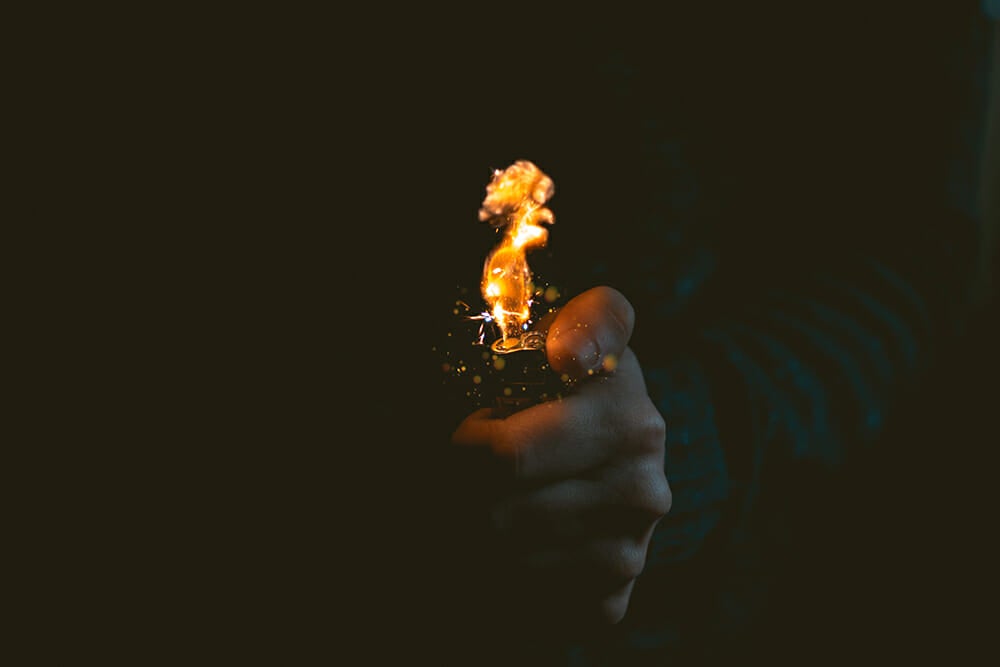
Medical marijuana does NOT mean people will be high on the streets
Some Malaysians are concerned that legalising medical marijuana means that the country will be the next Amsterdam. Newsflash – that isn’t happening anytime soon.
Malaysia is considering legalising medical marijuana – which means that its use will be limited to treating sick people.
So, rather than the guy in an afro lighting a joint in a ‘coffee’ shop, picture cancer patients swallowing a pill in a hospital ward instead.
Medicinal use means that it will be strictly regulated and can only prescribed by a qualifying doctor. In other words, you still can’t smoke up and trip to Doctor Strange at home.

Which is an excellent scene to light up to, btw. (Source: https://giphy.com/)
But why is Malaysia suddenly talking about using marijuana as a medicine? Well aside from the recent case of Dr. Ganja, it turns out…
Cannabis is useful in treating chronic pain from a variety of illnesses
When talking about legalisation, it’s important to know that there is a difference between recreational and medical marijuana. Both come from the same cannabis plant, but they have different properties.
In a nutshell, there are over 70 chemical compounds in the marijuana plant (called cannabinoids). Each of it has a different effect on the human body. However, the two main compounds are tetrahydrocannabinol (THC) and cannabidiol (CBD).
It can be quite complex, but here’s the quick version – THC gets you high. CBD doesn’t.
CBD is what doctors usually use to treat patients. It’s used in the treatment of pain, epilepsy, schizophrenia, and other conditions. Naturally, medical marijuana are strains which have a higher content of CBD.
However, like we said before, there’s plenty of other chemicals in the plant which have different effects. These can also be used medicinally, even THC.
For example, while THC gets you high, it also gets you hungry. This is useful for cancer patients who suffer from chemotherapy-related nausea.
CBD on the other hand, reduces pain, inflammation, and overall discomfort from a variety of health conditions. That makes it useful as pain medication.
John, a 31-year-old Malaysian, even used it as pain medication for a while.
“I kid you not, when I had a fall at a waterfall, it messed up my tail bone. Couldn’t sit comfortably for weeks! Sleeping was almost impossible, until I started smoking up. It was the first time in my life I did it daily. It really helped to numb the pain.”
Different strains of marijuana will have varying degrees of CBD and THC, but medical marijuana typically has a higher CBD content. This also means it doesn’t get you as high recreational marijuana, which is what you’ll find in America or Amsterdam.
Here’s another thing about medical marijuana you might not be aware of…
Thailand is actually ahead of us in terms of legalisation
Thailand is currently looking into legalising medical marijuana themselves. The Government Pharmaceutical Organization (GPO), which works under the Ministry of Public Health, asked for approval from the military government to study the drug and use it for medical purposes.
Last May, the government said, “yeah sure why not”, before (presumably) answering other philosophical questions.

For example.
The bill is currently being debated in the National Legislative Assembly, which is expected to okay the legalisation. If it passes, medicinal marijuana might be legal up to nine months before it actually becomes law. Once that happens, Thailand would be the first country in Asia to legalize medical cannabis.
This might entice Malaysia to follow suit, because…
The marijuana industry is a 12.9 billion (US) dollar business
Stigma isn’t the only thing attached to weed – there’s also the dollar sign, which is the leading factor behind its legalisation.
Colorado for example, was one of the first states in the US to legalise recreational weed. During their 2016-2017 fiscal year, marijuana sales alone generated $105 million US dollars in tax revenue.
That money went to government programs such as housing programs, mental health programs in jails, as well as health programs in local middle schools.
Because it did so well, other states followed suit. Today, recreational marijuana is legal in nine U.S states, while medical marijuana is legal in 29 of them.
Of course, the money followed – as of last year, legal marijuana sales hit $9.7 billion US dollars in North America alone.

That’s a lot of green indeed. (Source: https://www.businessinsider.com)
That dollar sign might just be the push for Malaysia to follow Thailand’s lead. After all, with all the missing GST funds, and our government being about 11 trillion in debt, the country is going to have to find new and creative ways of making that money.
And medical marijuana seems about as good as industry as any.
For more articles from Life & Everything else, read I Use Birth Control for My Out-Of-Control Hormones. This Is What I Learnt After a Year of Taking It, and I Was Abducted and Held at a Drug Rehab Facility. Here’s My Story.
More from Real People
‘I Skipped a Police Report. Now I’m Investigated for Hit-and-Run.’“Shares M’sian man
This is the story of a Malaysian guy who never imagined a forgotten accident would return as a police investigation.
Tales From Inside a UNHCR Centre by 39 YO Refugee living in Malaysia
This story is about life in a UNHCR waiting room, where pain, hope, and patience collide. Every person carries a …
“It’s Important to Have A Place to Be Yourself” Shares 32 YO Man Who Frequents Men-Only Club that Got Raided
This is the story from a gay man that frequented the wellness club that got raided and made headlines recently …
